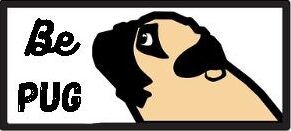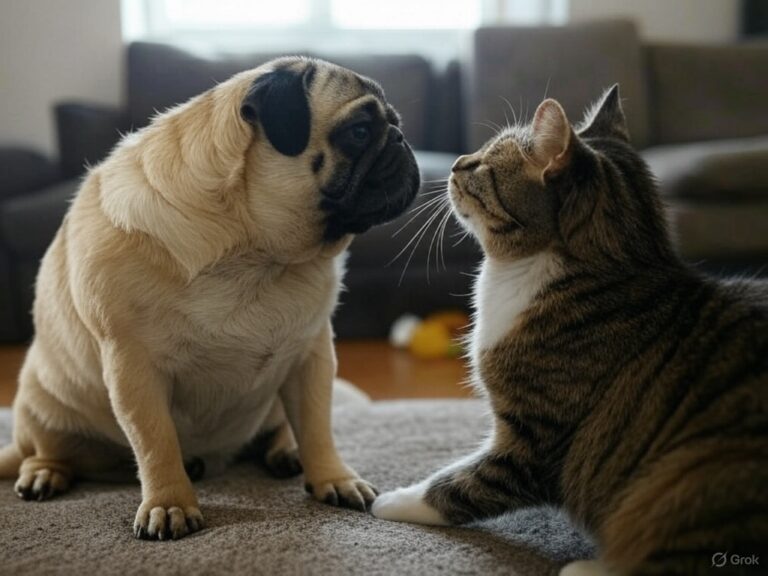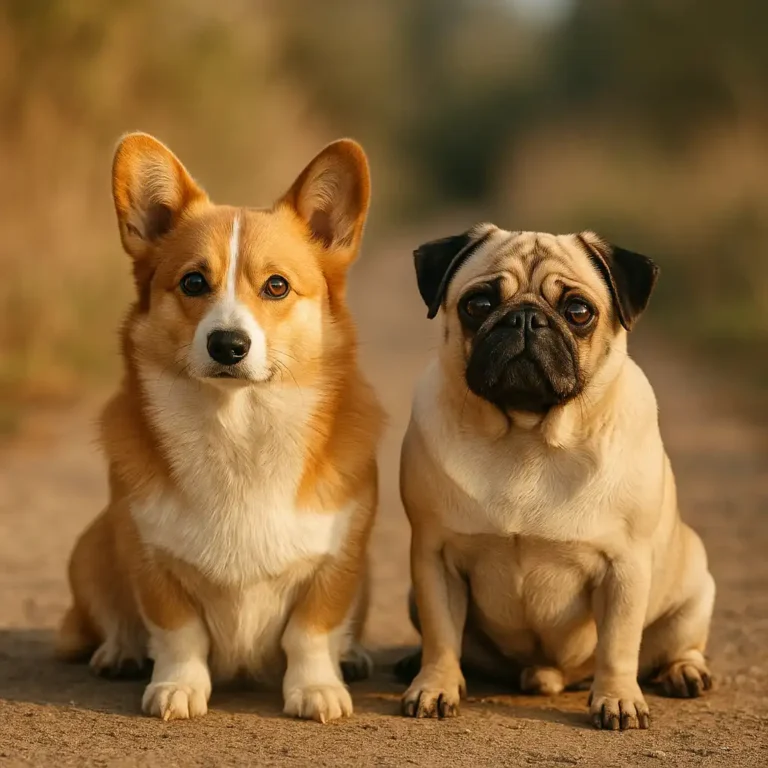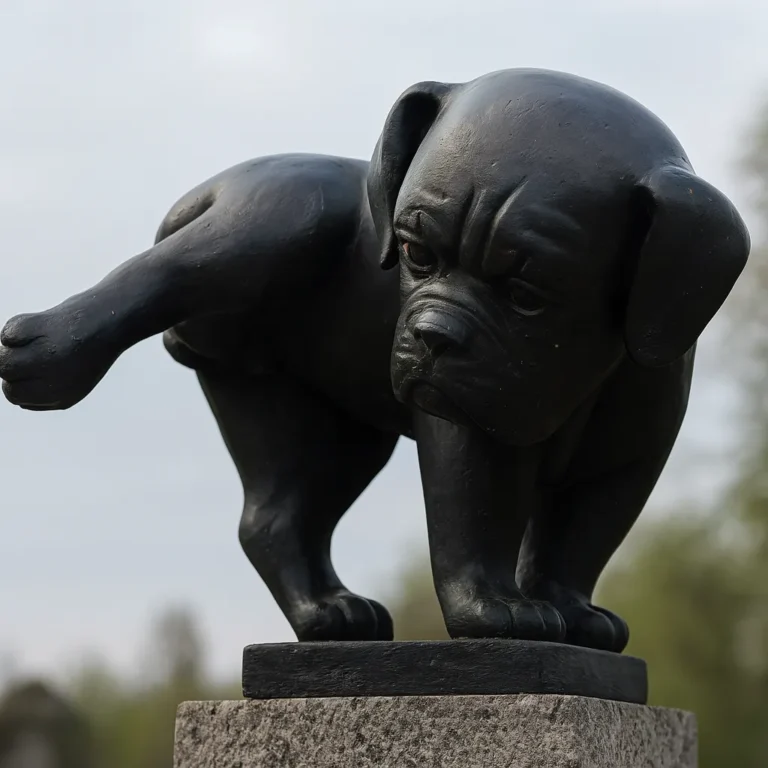Do Pugs Bite? Understanding This Breed’s Behavior and Triggers

Pugs are famous for their charming looks and affectionate nature, but like all dog breeds, they can sometimes display unwanted behaviors—including biting. While pug bites are rarely serious, understanding why they might nip or snap is key to preventing these situations and raising a well-behaved companion. Whether you’re a current pug parent or considering bringing one home, knowing the facts behind their behavior will help you create a safe, happy environment for everyone involved.
Are Pugs Naturally Aggressive?
Pugs are not an aggressive breed by nature. In fact, they are known for their sociable and friendly temperament. These dogs tend to bond closely with their humans and usually enjoy being around people, children, and even other pets. However, just because they aren’t naturally aggressive doesn’t mean they’re incapable of biting.
Like any dog, a pug can bite under certain circumstances. Biting is usually a response to stress, fear, pain, or overstimulation. The good news is that with early socialization and consistent training, biting behavior in pugs is both rare and manageable.
Common Reasons Why Pugs Might Bite
Teething in Puppies
Pug puppies go through a teething stage just like any other breed. During this time, they may nip or bite to relieve discomfort. This is typically not a sign of aggression but rather an instinctive behavior. Providing appropriate chew toys can help redirect this urge.
Fear or Startle Response
If a pug feels threatened or scared, it may bite in self-defense. This is more likely to happen if a child pulls its tail, if it’s cornered, or if it’s approached too quickly by strangers. Understanding a dog’s body language can help prevent these situations.
Pain or Illness
Even the gentlest pug may react aggressively if they’re in pain or feeling unwell. Conditions such as joint pain, ear infections, or dental issues can cause them to lash out unexpectedly. If your typically calm pug begins to show signs of irritability, a vet check-up is advised.
Protective Instinct
Although pugs aren’t known for being guard dogs, some individuals may develop protective tendencies toward their owners or food. This behavior is usually learned and can be corrected with training and boundaries.
Lack of Training or Socialization
Without early exposure to different people, pets, and environments, a pug might develop fear-based behaviors. Untrained dogs may not know how to handle new situations, which can lead to defensive biting.
How to Prevent Biting Behavior in Pugs
Start by socializing your pug early. Introduce them to a variety of sights, sounds, people, and other animals. Reward calm behavior and set clear rules. Basic obedience training helps your pug understand expectations and builds trust between you.
Be gentle but consistent with correction. If your pug nips or bites, respond firmly without yelling. Redirect the behavior and reinforce positive alternatives like licking or sitting calmly.
Avoid rough play that encourages biting, especially during the puppy stage. Also, teach children how to interact respectfully with dogs, including avoiding hugging tightly, grabbing, or sudden movements.
Conclusion
While pugs are not aggressive by nature, they are still dogs—and all dogs can bite under the right circumstances. The key is understanding what causes biting, recognizing your pug’s signals, and guiding their behavior with patience and consistency. With the right care and training, your pug will be a loving and loyal member of the family for years to come.






